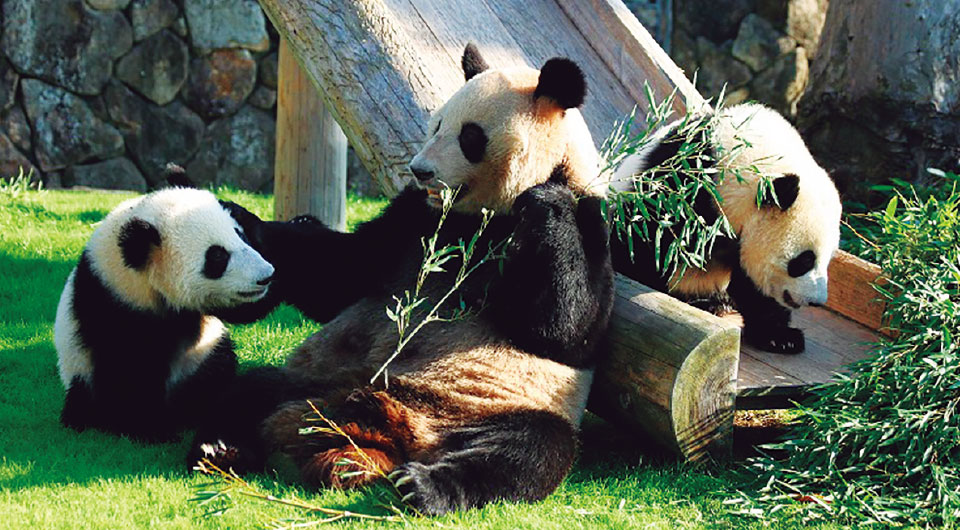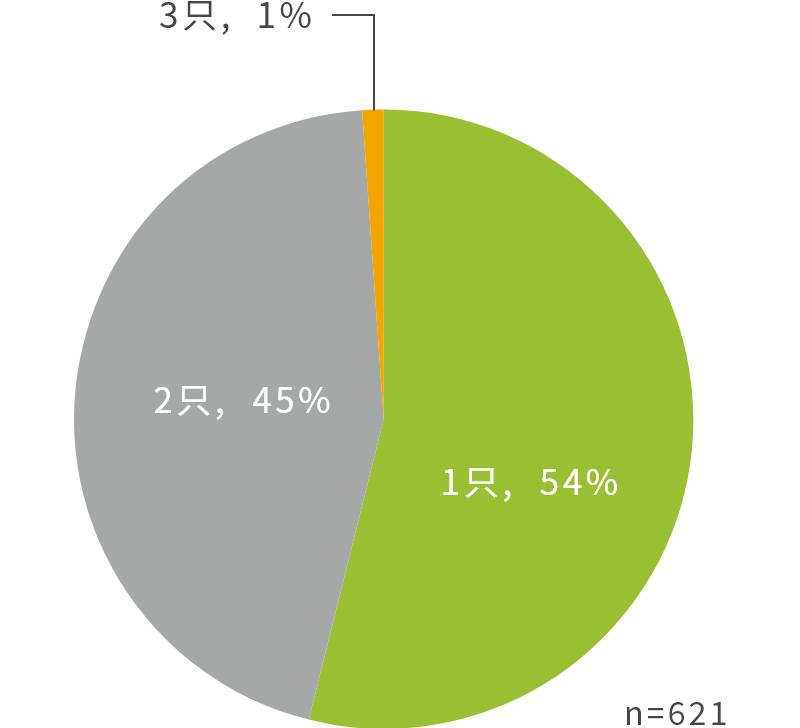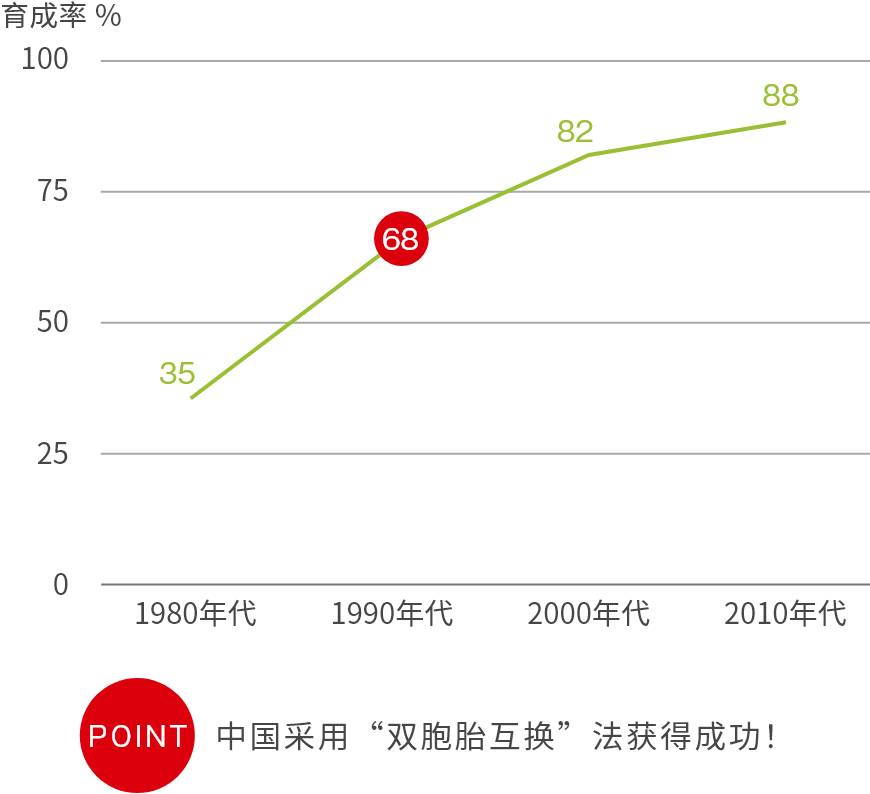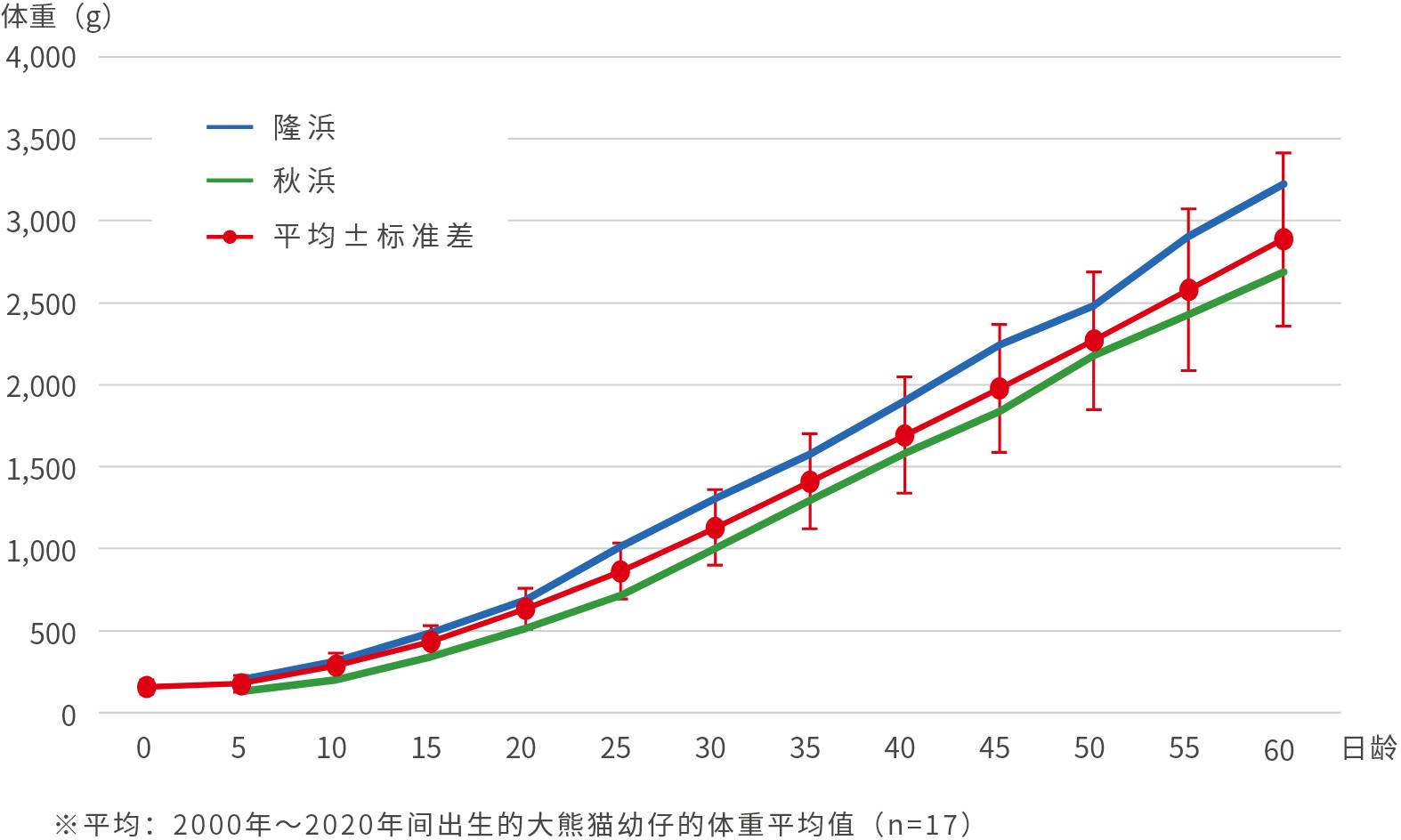

In the 80s, the general rate of births of big bear cat mothers was high, at 45%.
In 1990, the Chengdu Animal Park adopted the method of "exchanging twin spores" to successfully nurture twin spore larvae. The success of this method has led to a rapid increase in the survival rate of bear cubs to 88%, and the method is now in wide use by nursery facilities around the world.
-
Twins swapping
什么是双胞胎互换? When a mother gives birth to twin-breasted macaques, the macaques are fed mother's milk and then the young are transferred to the litter. One of the twins is carried by the mother and released into the box. The other infant stays with the mother and suckles on the mother's breast milk. Then the two babies are switched again.
-
Number of live births (number of live births per litter)

-
Change in survival rate of big bear cat cubs

根据The 2019 International Studbook For Giant Panda Production
In 2003, a pair of big bears were born in Shirahama Wildlife Park, and their mother "Mei Mei" raised two cubs at the same time. About two hours after the first litter was born, she gave birth to the second litter, which was also very happy to hold the two youngsters (named Takahama and Akihama). When the second day weighed the two cubs, we found that their stools were yellow like their mother's milk, so we decided that the feeding situation was good and decided to let "Mei Mei" continue to feed the two cubs naturally.
Usually the weight of the bear cubs will decrease once after birth and then increase again. The weight of the twin-breasted cubs born at Shirahama Wildlife Park in 2006, 2008, 2010, and 2014 is the same as the weight of the twin-breasted cubs born in the fourth to seventh trimester after birth. The twins born in 2003 "Takahama" and "Akihama" belong to the exception, their weight reached 160g and 106g at the 2nd day after birth, and at the 3rd day, their weight reached 167g (increased by 7g) and 106g (not increased at the 1st day before), but their weight was not reached. Their weight has not yet started to drop, but they grew up smoothly. The weight of the two young pups reached about twice as much as at birth at the 11th day after birth, and they were fed naturally with whole milk for 7 months. The second litter, born in 2005, weighed 66g and died prematurely, and the second litter, born the following year, weighed 196g and 84g respectively. "Minghama".
We are able to feed them on mother's milk, but we only use the method of "bio-mutilation". Specialists have confirmed that the main reason for the success of the twin spayed "Mei Mei" (Takahama and Akihama) in natural nursing in 2003 was that "Mei Mei" had stronger growth ability and produced more milk, and the births of the twin spayed "Mei Mei" were more successful than those of "Takahama". The weight difference between the two young is not so large. In the meantime, Chinese and Japanese experts have collected a large number of studies on the practice of natural nursing twin spawning of large bears, and have accumulated valuable experience in improving the success rate of large bear cubs in the future. In 2003, this example was introduced at the International Conference on Bear Cat Conservation as the first example of a natural nursing twin spawning under conditions of care.
Takahama and Akihama weight change

